|
|
|
|
|
Welcome to our first seasonal newsletter!
|
Since the beginning of 2022 we have been hinting at changes coming to the IPSI newsletter. Now, we are bringing you a new seasonal format that will deliver dynamic content such as exclusive interviews and articles. We will take a deep dive into issues on biodiversity, sustainability, and SEPLS with insights from IPSI members and partners.
|
We will continue to update you on events and deadlines with our monthly mini-newsletter, IPSI Live Updates.
|
But that’s not all. We have also created official social media accounts for IPSI! With your help, we can promote the Satoyama Initiative to people from all walks of life.
|
|
   
|
As always, we hope you will contact us to submit any new case studies and news about your activities.
IPSI Secretariat
|
|
|
|
|
|
|
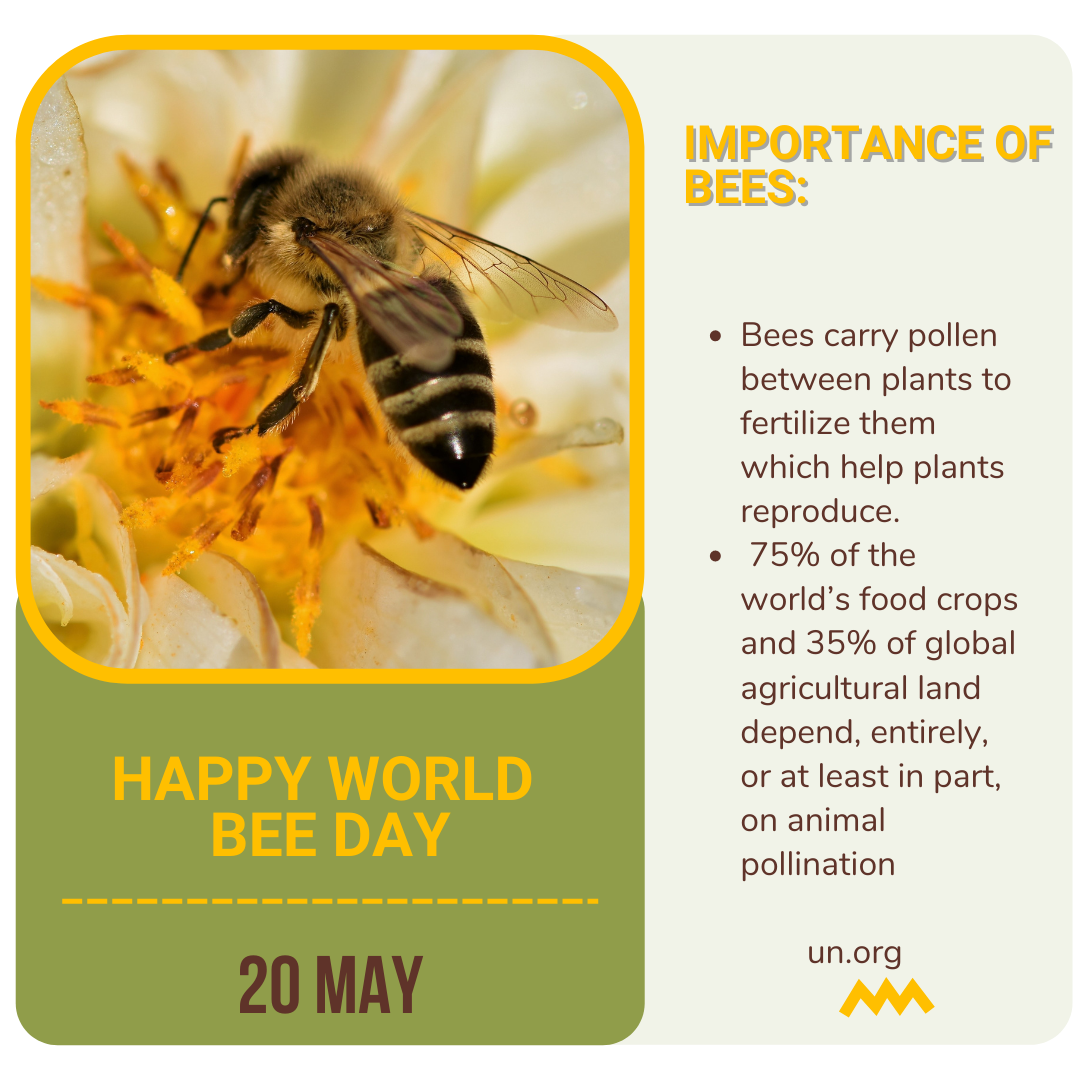
|
|
|
Post-2020 Global Biodiversity Framework
The framework contains a set of principles to guide countries towards the 2050 vision of ‘Living in harmony with nature’ and will be adopted at the upcoming COP15.
|
|
DEEP DIVE: Making OECMs Work
|
In this issue of the IPSI Newsletter, we want to take a closer look at OECMs and our collaborative project with Conservation International to investigate and promote the potential for landscape approaches to OECM designation and management.
|
|
|
|
|
What are OECMs?
|
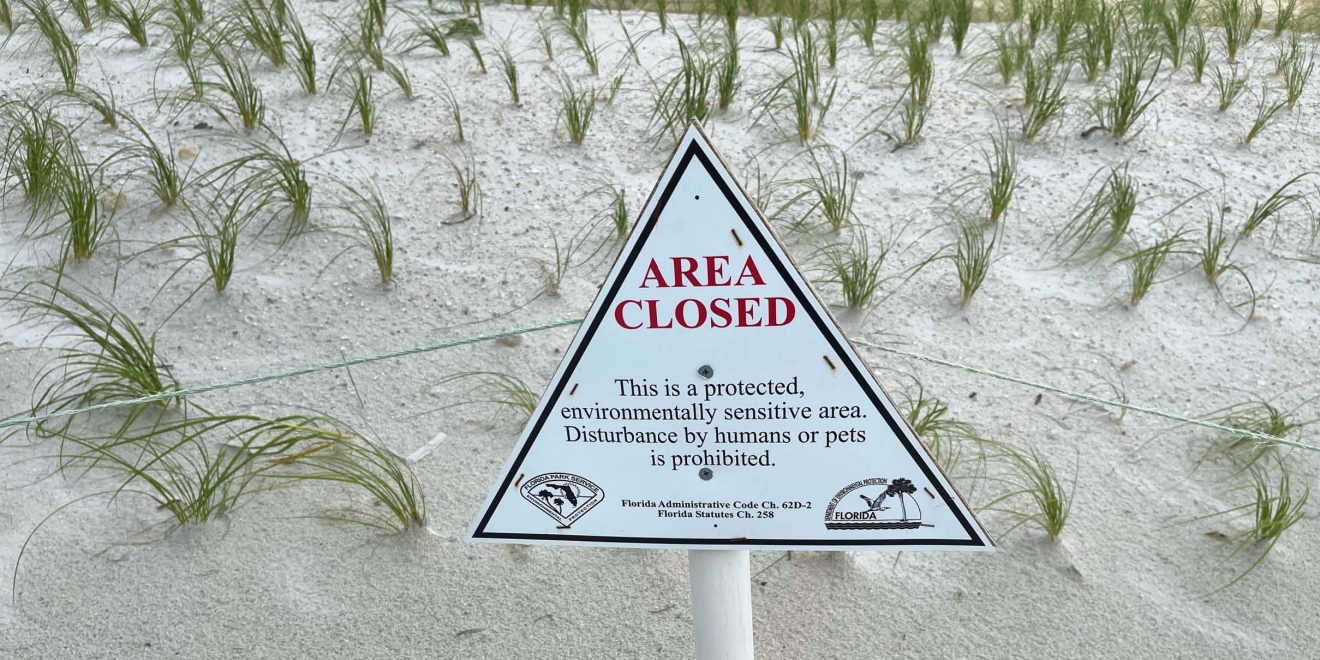
|
Short for other effective area-based conservation measures (OECMs), the CBD defines OECMs as areas that achieve effective in-situ conservation of biodiversity outside of protected areas. In OECMs, biodiversity is protected without banning human interaction. In fact, it is constant, responsible human intervention which separates OECMs from most protected areas. The human-nature relationships in OECMs allow both biodiversity and local communities to thrive and benefit from each other.
|
Although the GBF’s final wording is yet to be delivered, Target 3 focuses on reducing threats to biodiversity by ensuring that 30% of land and sea areas are conserved through conservation systems of protected areas and OECMs.
|
The percentage comes from the 30 by 30 global initiative for governments to designate 30% of Earth’s land and ocean area as protected areas by 2030.
|
However, the 30 by 30 initiative has received criticism for its lack of guidance on what areas are worth conserving—many protected areas aren’t important for biodiversity conservation, chosen for their little-to-no production value. Also, indigenous peoples and local communities (IPLCs) are concerned that to achieve the 30% target, their lands would be classified as protected areas and their land tenure rights wouldn’t be respected.
|
A report by Conservation International found that ‘the majority of IPLC lands are in good ecological condition’ and ‘play a significant role in climate change mitigation’ because their landscape management is consistent with the conservation of biodiversity. The report suggests that ‘OECMs represent an opportunity to improve recognition of the conservation values of IPLC lands’.
|
|
If done well, OECMs can be a mechanism that acknowledges local biodiversity conservation and sustainability practices. Inspiring more communities to apply them.
|
|
EXPERT INSIGHTS
“Making OECMs Work: Landscape Approaches for Effective Area-Based Conservation”, a Joint Conservation International and UNU-IAS Project
Conservation International and UNU-IAS, as host of the IPSI Secretariat, recently launched a new project to investigate and promote the potential for effective landscape approaches, like those promoted under IPSI, to contribute to ongoing CBD policy processes related to OECMs. The project is carrying out a variety of activities, often in cooperation with IPSI members, that build on IPSI’s years of experience with production landscapes and seascapes to show how sustainable social-ecological systems in well-managed landscapes can add value to OECMs and across the wider landscape.
|
For background, although the term “other effective area-based conservation measures” dates back to the Aichi Biodiversity Targets, national Parties and governing bodies of the CBD are still figuring out exactly what kinds of areas should be OECMs. Conservation International and UNU-IAS have both been following this process closely through our observer status in CBD negotiations and through discussions with key policymakers and experts, and this new project aims to step up our involvement to make concrete contributions. Ultimately, the project is intended to contribute toward the long-term goals of improving sustainability and resilience in landscapes and seascapes, the 2050 Vision of the CBD “living in harmony with nature”, and recognition of the importance of productive landscapes for biodiversity and global sustainability policy.
|
|
A number of activities are planned, or already ongoing, under this new project. The first in a series of “Expert Dialogues” was held in February 2022 as an online event (video link here), and similar events are expected to be held in the future. Also, the project is organizing side events at CBD conferences, including a side event at the meetings in Geneva in March 2022 (more information available on the IPSI website).
|
|
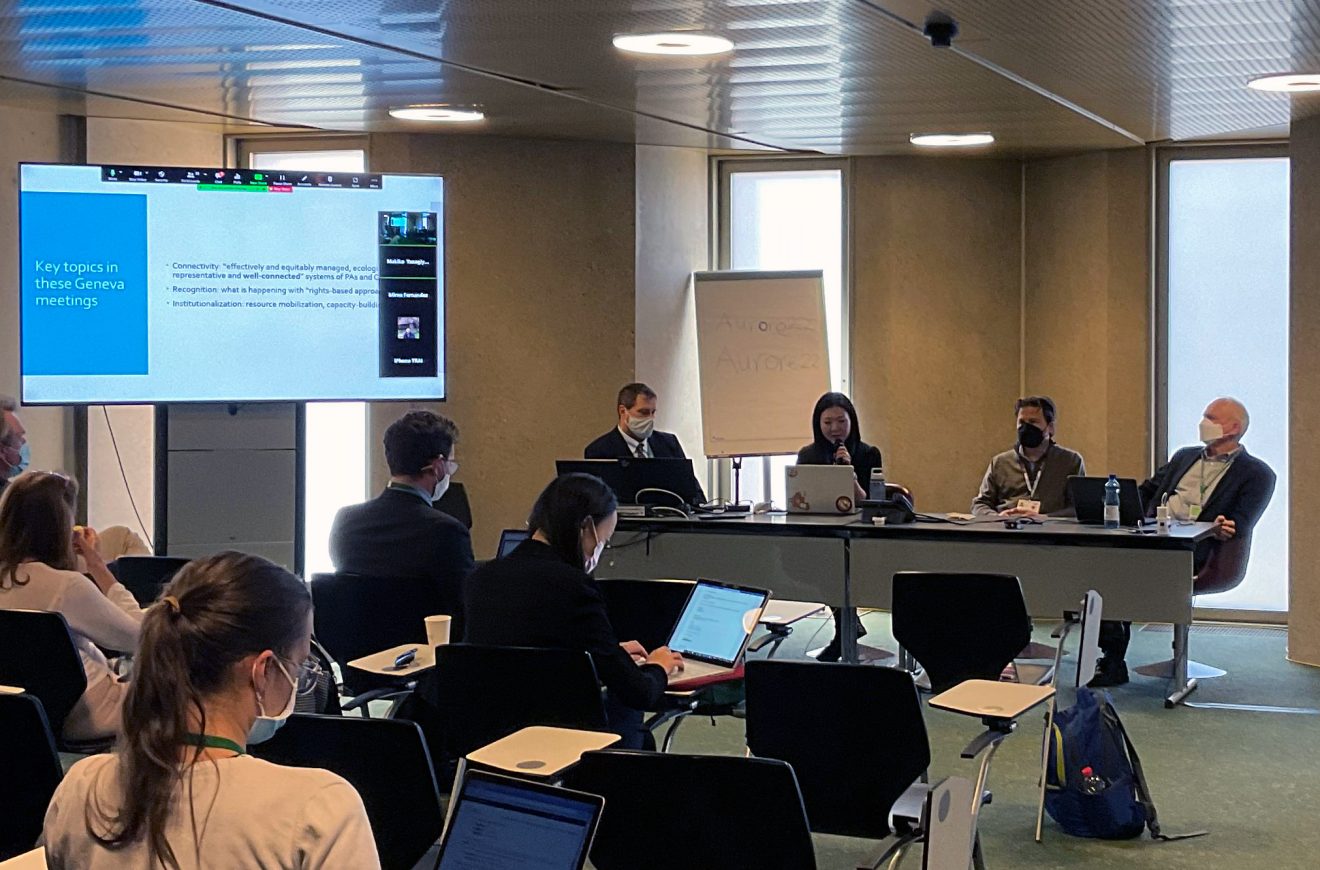
|
In person panelists at CBD side event. From left to right William Dunbar (CI), Lika Sasaki (UNCTAD), Terence Hay-Edie (UNDP), and Stephen Woodley (IUCN)
|
|
|
|
These events continue to generate insights and ideas, which will feed into research outputs including planned policy briefs and academic articles. The project is also looking into the potential for indicators-based tools building on the partner organizations’ past experience with the “Indicators of Resilience in SEPLS”.
|
|
Among the most compelling insights raised under project activities so far is that OECMs may have a wider diversity of human-nature interactions and governance structures than traditional protected areas, and therefore could have the potential to have a broader positive effect on biodiversity in the whole landscape. At the same time, because they may be found in areas with existing social-ecological systems, there is more a process of identifying what is there and recognizing it as important for biodiversity conservation, rather than attempting to create new entities like in the case of some parks. With this recognition, such areas can be encouraged towards even greater biodiversity outcomes. This all may, however, be a very complex process, requiring consideration of sustainable supply chains and issues of rights and equity in addition to ecological concerns.
|
|
IPSI members and other readers are encouraged to engage with this project and its activities by taking part in Expert Dialogues and other events, contributing to knowledge products, or just by following updates which will be provided regularly. For more information or to find ways to be more actively involved, please contact the Project Manager, William Dunbar (wdunbar@conservation.org).
|
|
|
|
|
|
The next in our series of dialogues will be held in the form of a side event at the Asia Parks Congress, to be held 24-29 May in Kota Kinabalu, Sabah, Malaysia. Let us know if you have plans to attend the Asia Parks Congress, as we hope we can work together to promote sustainable landscape approaches there as well.
|
|
|
|
|
|
|
|
|
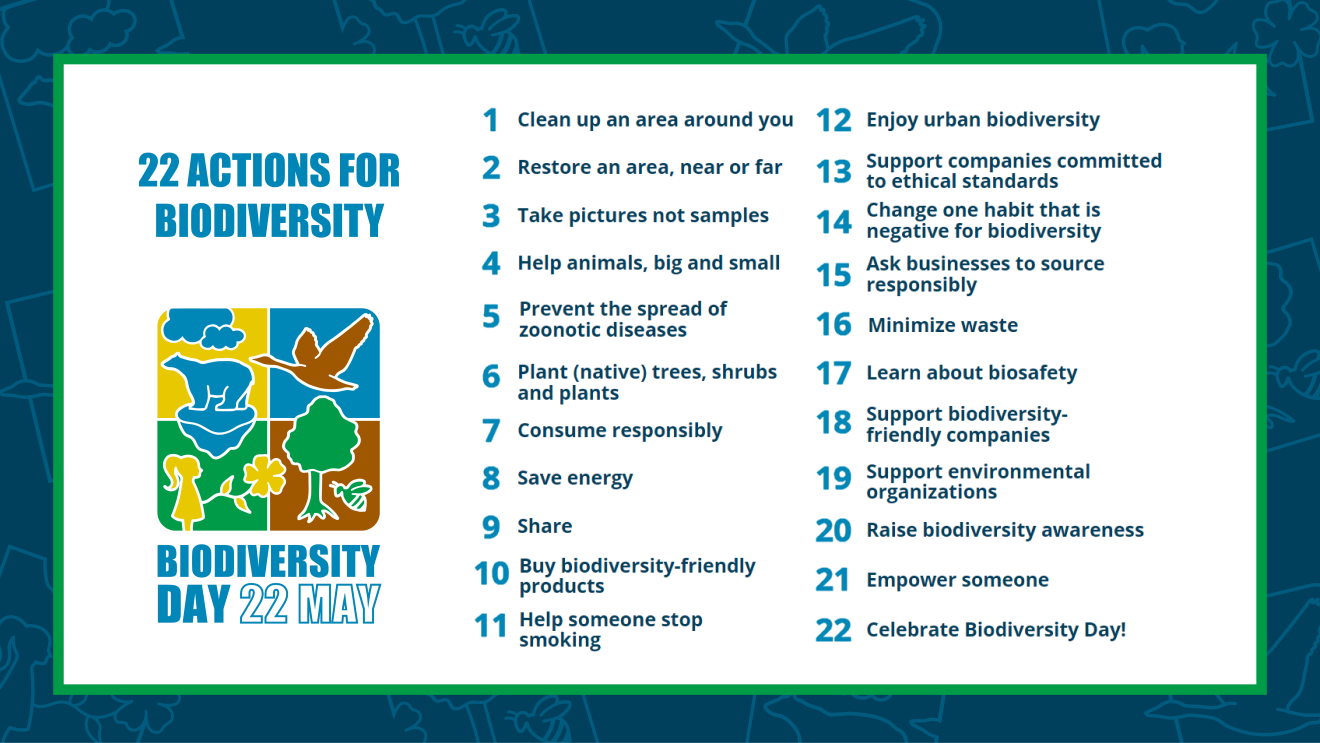
|
|
The theme for this year’s Biodiversity Day is Building a Shared Future for All Life.
|
It was chosen to continue building momentum and support for the post-2020 global biodiversity framework to be adopted at the upcoming UN Biodiversity Conference #COP15.
|
|
💚 This #BiodiversityDay, let’s give back to the planet that gives us everything. 💚
|
Ahead of 22 May, the CBD is sharing 22 actions for #biodiversity — the foundation of life on Earth.
|
Join our event!
On May 20, we will participate in an online symposium to celebrate Biodiversity Day. The symposium will explore trends at the global level and within Japan, discussing how to accelerate and link local action with the international policy agenda. Speakers will present case studies and the outcomes of initiatives in local communities, as well as youth action in the field of biodiversity conservation and ecosystem restoration.
|
Hear from IPSI member, A Rocha Ghana!
|
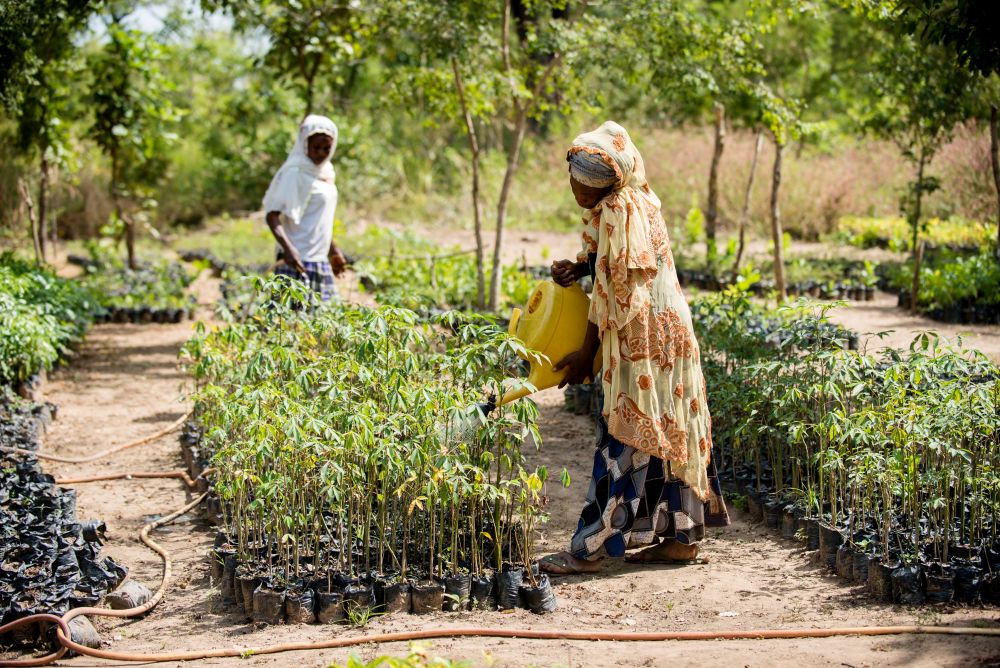
|
Photo by A Rocha Ghana
|
Community-Led Woodland Restoration for Livelihoods and Sustainable Wood Fuel Utilization in the Mole Ecological Landscape
Jacqueline Mbawine, Monitoring, Evaluation and Reporting Manager from A Rocha Ghana will join the event as a panellist and present her experience on ecosystem restoration through SEPLS management in Ghana.
|
|
The symposium is organised by UNU-IAS, the Ministry of the Environment of Japan (MOEJ) and the Global Environment Outreach Centre (GEOC), and supported by the Japan Conference for 2030 Global Biodiversity Framework (J-GBF).
|
|
|
|
|
|
|
|
|
|

|
With a Foreword by Mr. Shigeatsu Hatakeyama explore UNESCO MGIEP’s latest edition of The Blue Dot titled Humans and Nature: Exploring Relationships wherein they bring you stories, research and acts which demonstrate why and how we must go beyond seeing nature as purely instrumental for our flourishing.
|
Let us bring back nature into our “hearts” and let us see our emotional relationship with nature through the lens of empathy, compassion and love. We surely then will be able to build peaceful and sustainable societies across this “Blue DOT” we call home.
|
|
|
|
|
|
Mr Shigeatsu Hatakeyama is a chairperson of Mori wa Umi no Koibito (The Forest is the Ocean’s Lover), an organisation in Japan that promotes the natural ecological links between forests, ocean, and people. Their slogan is “let’s rise human links from the nature links”.
|
|
|
|
|
|
|

|
Workshops Refine Draft Manual for National Biodiversity Plans
On 26 April 2022 we co-organised two online workshops to gather feedback on a manual designed to guide policy administrators in integrating landscape approaches into national biodiversity strategies and action plans (NBSAPs). The event engaged Parties to the CBD and related organisations, which provided comments and suggestions to refine the draft manual. The manual has been developed jointly by UNU-IAS and the Institute for Global Environmental Strategies (IGES) with the support of the CBD Secretariat.
|
|
Since 2016, we have been spearheading a series of IPSI Collaborative Activities consisting of research on the relevance and applicability of landscape approaches for NBSAPs, a major component of the implementation framework of the CBD. For more information on the project go here.
|
|
|
|
Webinar Explores Interlinkages Between Biodiversity, Health, and Well-being in SEPLS
|
|
|
|
On 27 April we organised an online seminar exploring the nexus of biodiversity, health, and well-being, with a focus on social and economic drivers in socio-ecological production landscapes and seascapes (SEPLS).
|
|
We conducted a survey of the partnership’s members in 2021 to understand the pandemic’s impact on SEPLS and to strengthen their resilience. In the webinar we presented the results of the survey.
|
|
|
To read about the webinar and access the presentations go here.
|
|
|
|
|
|
Good Safeguarding Practices for Traditional Foods in Kenya
|
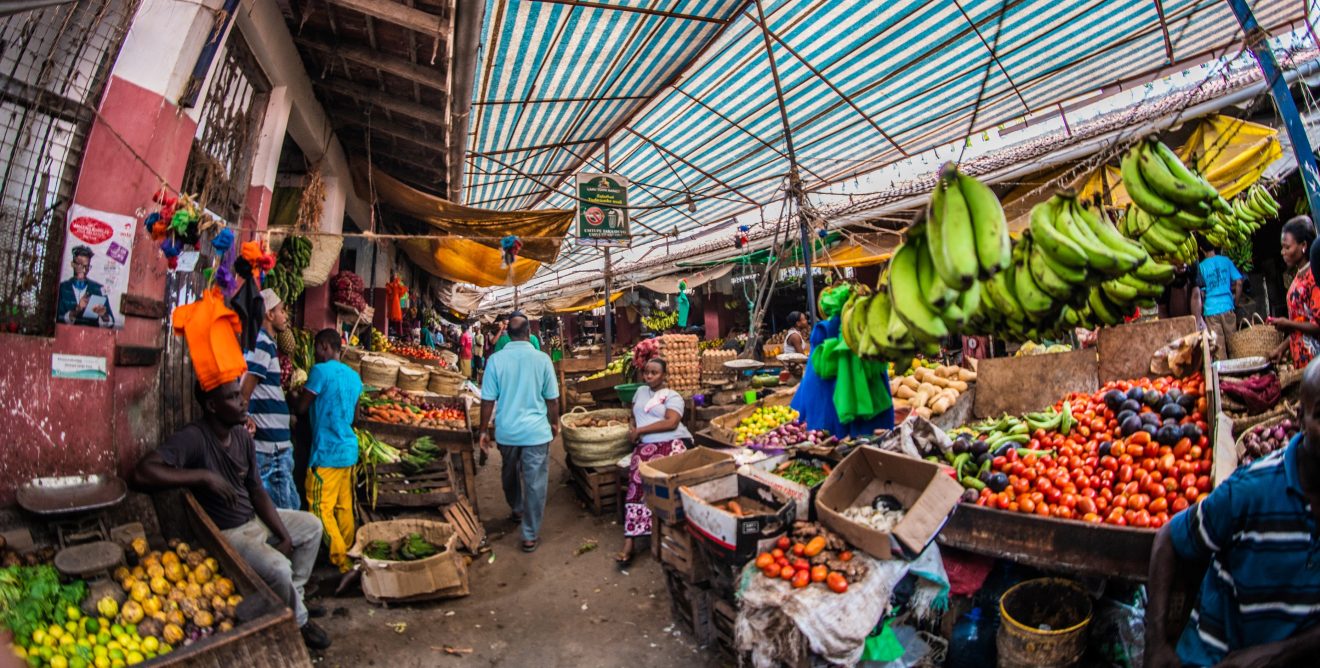
|
- “The African leafy vegetables and traditional foods diversification activities” (1996-2011) initiative involved inventorying traditional foods and recording approximately 850 indigenous plants.
- The “Safeguarding the traditional foodways of two communities in Kenya” (2009-2012) involved a pilot project to identify and inventory traditional foodways. It was conducted by UNESCO in partnership with the Kenya Department of Culture, Bioversity International, and National Museums of Kenya, in consultation with community leaders and primary school children.
|
This project will be included in the Satoyama Thematic Review Vol. 7. coming this summer.
|
|
|
|
A Message from Evonne Yiu, Former Research Fellow at UNU-IAS
|
|
|
|
|
|
After nearly 10 years with UNU-IAS, I will be embarking on a new chapter in my career from May 2022. I am grateful for the kindness, support and friendship received from our members and colleagues since I joined the IPSI Secretariat from late 2017. I will always remember fondly my interactions with you at the IPSI Conferences in Ishikawa Prefecture and Kumamoto Prefecture, the SITR-4 and SITR-5 authors workshops, the NBSAP project consultation workshops, IPSI events at the CBD COP13 in Cancun, Mexico and COPE14 in Sharm El-Sheikh, Egypt, as well as other conferences and events organized by our IPSI members.
|
|
|
|
|
|
|
Your passion for biodiversity and the rich experiences of SEPLS communities were truly inspiring and motivated me to pursue global research for biodiversity conservation, including the participating as an IPBES fellow in the IPBES multiple values assessment, which will soon be released this July at the IPBES Plenary. I cannot thank you all enough for showing me the beauty and values of biodiversity conservation. As I will continue this journey for building a better planet, and I am sure we will meet again on route to creating societies in harmony with nature. Thank you and see you again!
With thanks and regards,
Evonne Yiu
|
|
|
|
|
|
|
|
|
|
GIAHS Monitoring and Evaluation Manual: A Technical Reference
|
|
|
|
|
We are pleased to present the recently published GIAHS Monitoring and Evaluation Manual, co-written by Evonne Yiu. The publication provides a guide to designing and implementing a monitoring and evaluation (M&E) process for Globally Important Agricultural Heritage Systems. Published by UNU-IAS and the Rural Development Administration of the Republic of Korea, the manual aims to reinforce the importance and usefulness of an M&E process as an integral part of conservation efforts, as defined by the GIAHS Action Plan; and support the management and governance of GIAHS through specific steps to monitor and evaluate activities performed under the Action Plan.
|
|
|
|
|
|
|
Engaging Communities for biodiversity Conservation: Education for Sustainable Development Projects from the Global RCE Network
|
|
|
|
A new publication from UNU-IAS was launched, featuring 12 innovative biodiversity education projects developed by Regional Centres of Expertise for Education on Sustainable Development (RCEs) during the Global Action Programme (GAP) from 2015-2019.
|
|
Each project looks at how RCEs, in the face of local biodiversity issues and challenges, developed innovative ways to bring about action through education in their local context and region, bridging formal and non-formal education, as well as how these can be upscaled across other communities worldwide.
|
|
|
|
|
|
|

|
Contact
Let us know if there are any changes in your e-mail address or contact information.
Secretariat of the International Partnership for the Satoyama Initiative
United Nations University Institute for the Advanced Study of Sustainability (UNU-IAS)
5–53–70 Jingumae
Shibuya-ku, Tokyo 150-8925
Japan
Tel: +81 3-5467-1212
Fax: +81 3-3499-2828
Email: isi@unu.edu
If you have been forwarded this newsletter and would like to SUBSCRIBE, you can do so on the IPSI website here.
Cover photo from Pexels
|
   
|
|
|
|
The activities of the IPSI Secretariat are made possible through the financial contribution of the Ministry of Environment, Government of Japan
|
|
|
|
|
|
|
|